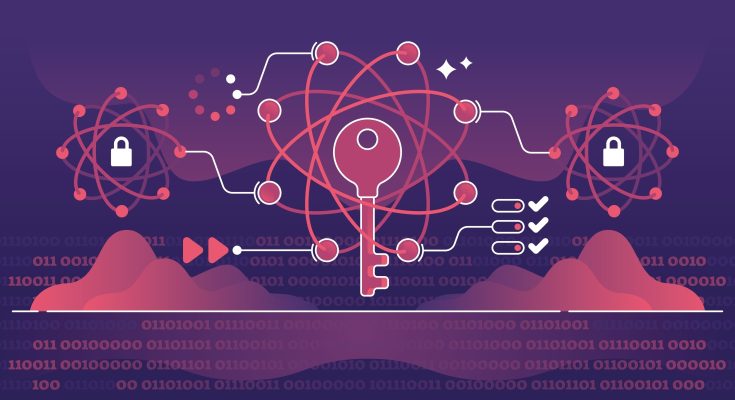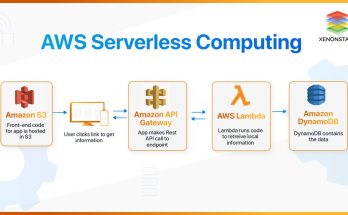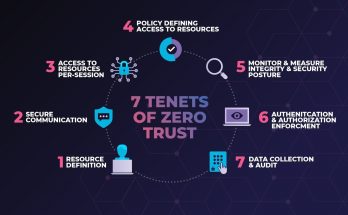Quantum encryption is poised to redefine the future of secure communication, offering a level of protection that classical cryptographic methods may struggle to match in the coming decades. At its core, quantum encryption leverages the principles of quantum mechanics to secure data, making it fundamentally different from traditional encryption techniques that rely on mathematical complexity. As quantum computing advances, the threat to conventional encryption grows more tangible, prompting researchers and businesses to explore quantum-based solutions that can withstand even the most powerful computational attacks.
The foundation of quantum encryption lies in a concept known as quantum key distribution, or QKD. Unlike classical encryption, which depends on algorithms to generate and exchange keys, QKD uses quantum particles—typically photons—to transmit encryption keys between parties. What makes this approach revolutionary is the behavior of quantum particles themselves. According to quantum mechanics, any attempt to observe or measure a quantum state alters it. This means that if a third party tries to intercept the key during transmission, the act of eavesdropping will disturb the particles and alert the sender and receiver to the intrusion. In essence, quantum encryption doesn’t just protect data—it actively detects breaches in real time.
To understand the practical implications, consider how sensitive data is currently protected. Most systems use public-key cryptography, which relies on complex mathematical problems like factoring large prime numbers. These problems are difficult for classical computers to solve, but quantum computers—once fully realized—could crack them with relative ease using algorithms like Shor’s. This looming threat has sparked a race to develop encryption methods that are quantum-resistant. Quantum encryption, particularly through QKD, offers a proactive solution by making the key exchange process inherently secure, regardless of computational power.
Implementing quantum encryption involves specialized hardware and infrastructure. Photons used in QKD are transmitted through fiber-optic cables or even via satellite links, depending on the distance and environment. These systems require precise control and measurement capabilities, as well as robust error correction to account for noise and signal loss. While this makes quantum encryption more complex and costly than traditional methods, the benefits in terms of security are compelling. Governments, financial institutions, and critical infrastructure providers are already investing in pilot programs and partnerships to explore its viability.
One of the most notable examples is China’s quantum satellite, Micius, which successfully demonstrated QKD between ground stations thousands of kilometers apart. This experiment proved that quantum encryption could be scaled beyond local networks, opening the door to global quantum-secure communication. In Europe and North America, similar initiatives are underway, with telecom providers and research institutions collaborating to build quantum networks that integrate with existing infrastructure. These efforts reflect a growing recognition that quantum encryption is not just a theoretical concept—it’s an emerging technology with real-world applications.
Despite its promise, quantum encryption is not a silver bullet. It primarily addresses the challenge of secure key distribution, but data encryption itself still relies on classical algorithms. This has led to the development of hybrid models that combine QKD with post-quantum cryptography—algorithms designed to resist quantum attacks but still operate on classical systems. These models offer a practical bridge between current capabilities and future needs, allowing organizations to enhance security without overhauling their entire infrastructure.
The business implications of quantum encryption are significant. As cyber threats become more sophisticated, the cost of breaches continues to rise. Quantum encryption offers a way to future-proof sensitive communications, particularly in sectors where confidentiality and integrity are paramount. For example, in healthcare, patient records must be protected not just from current threats but from future ones that could emerge as technology evolves. In finance, secure transactions and data exchanges are critical to maintaining trust and compliance. Quantum encryption provides a strategic advantage by ensuring that even if adversaries gain access to encrypted data today, they won’t be able to decrypt it tomorrow.
Education and awareness are also essential as quantum encryption moves from research labs to boardrooms. Decision-makers need to understand not only the technical aspects but also the strategic value of investing in quantum-secure solutions. This includes evaluating vendors, assessing readiness, and planning for integration with existing systems. As with any emerging technology, early adoption comes with risks and learning curves, but it also offers the opportunity to lead rather than follow.
Ultimately, quantum encryption represents a paradigm shift in how we think about security. It challenges the assumption that encryption strength is solely a function of computational difficulty and introduces a model where physics itself becomes the guardian of privacy. While widespread adoption may still be years away, the groundwork is being laid today. Businesses that begin exploring quantum encryption now will be better positioned to navigate the transition and protect their data in an increasingly unpredictable digital landscape. As quantum technologies mature, the question will no longer be whether to adopt quantum encryption—but how quickly and effectively it can be deployed.



